For your information
You are being redirected to one of our divisional subsites which contains more detailed information on the required division. To navigate back to the main Invicta Group site, please click the link found in the footer at the bottom of the page.
- Durasteel
Discover the benefits of Durasteel
- Systems
Systems
- Expertise
Expertise
-
Applications
- Aircraft Hangar Fire Protection
- Battery Storage Facilities
- Building Fire Compartmentation
- Anti-Terrorist Blast Protection
- Cable Tunnel Fire Compartmentation
- Equipment Delivery Hatches
- Equipment Enclosures
- Heat Shields
- Power Station Fire Protection
- Metro and Rail Fire Protection
- High Voltage Cable Protection
- Substation Fire & Blast Protection
- Tunnel Fire Protection
- Oil & Gas Fire & Blast Protection
- Ventilation Systems
- Wind Farm Fire Protection
-
Applications
- Projects
- Insights
Insights
-
Articles
- The benefits of passive fire protection for businesses
- What BS 9991 changes mean for building fire safety
- Does the rise in electric vehicle fires pose a risk to buildings?
- What Boeing’s downfall says about safety culture
- Does AI pose a threat to fire safety?
- What we can learn from the Grenfell report
- Frequently Asked Questions
- A to Z of Terms
-
Articles
- Contact
Contact

UK +44 1843 220 256

US +1 305 328 9444

UAE +971 4 277 6225

Qatar +974 4441 4340

India +91 79945 14049

Malaysia +60 16 286 6225
- Start your project
Does AI pose a threat to fire safety?
30th April 2025
Quick Quote
Contact Fraser Shearer Sarun Vysakham Ben Tan Anand Raghavan Anand Raghavan Our USA Office
To get a quotation or arrange a free site survey - Call Fraser Shearer Sarun Vysakham Ben Tan Anand Raghavan Anand Raghavan Our USA Office on
-
 UK
UK
-
 UAE
UAE
-
 Malaysia
Malaysia
-
 India
India
-
 Qatar
Qatar
-
 USA
USA
Current location:
Quick Quote
Contact Fraser Shearer Sarun Vysakham Ben Tan Anand Raghavan Anand Raghavan Our USA Office
-
 UK
UK
-
 UAE
UAE
-
 Malaysia
Malaysia
-
 India
India
-
 Qatar
Qatar
-
 USA
USA
Current location:
AI is a part of most people’s daily lives now, whether they realise it or not. AI images and text pervade social media platforms and websites, while AI algorithms dictate the content we see, and drive many of the tools we use. The result is a world that’s increasingly shaped by opaque software built on information scraped from millions of websites, reformulating and rehashing the same content over and over.
What might seem particularly divorced from AI is the concept of fire safety. Yet even this industry isn’t completely isolated from the threat posed by AI—either at a consumer level or at the cutting edge. AI tools could not only impact our appreciation of fire safety and the information around it, but also physical fire safety systems, something we all need to be wary of.
Spreading like wildfire
Amid the cacophony of the AI discussion, the biggest alarm bell people are ringing at the moment is about misinformation. The ability to generate convincing images, text and even videos at a moment’s notice is empowering people to produce misinformation at an incredible rate, swamping online discussions with the sheer volume of content being produced, This mass of people sharing the same wrong information gives it an apparent credibility, cementing the information in people’s minds, and drowning out the subsequent efforts to reveal it as false.
This same threat absolutely exists for fire safety, and other aspects of health and safety. Much of the misinformation that currently exists online is being created to push some kind of agenda, and fire safety isn’t obviously bipartisan. But investment in fire safety does cost money that some people might rather avoid—and railing against the general principle of ‘nanny state’ health and safety rules means that some misinformation may be inevitable. Like all health and safety, fire safety is also something that some people like to rally against as a war against ‘common sense’, and a barrier to productivity.
There also isn’t a natural transparency about fire disasters in every country. In some places, catastrophic fires occur largely because of a lack of regulation or oversight, something that governments may prefer to gloss over. By using AI-generated misinformation to lie about fire safety or the specific causes of a fire, it may be possible to obfuscate these issues, and present a picture of fires as tragic accidents, without any lessons that need to be learned.
Fires can also become deeply political. The Grenfell Tower fire for instance has been widely painted as a failure of policy, involving the way the building was managed by local authorities, as well as the bidding process, and the oversight and transparency of the different contractors involved in sourcing and fitting the illegal cladding. The very public nature of the tragedy, the subsequent interest, and the fact that the problems went unaddressed by multiple governments made it hard to paint as a party political issue—but there’s no doubt that some people would have liked to do so.
AI and security
The conversation around AI tends to focus on procedural generation, which drives tools such as ChatGPT and Midjourney. But the ‘AI revolution’ isn’t just about content creation tools. The development of AI includes a huge array of technologies, from the algorithms which provide that content to us through social media platforms, to AI being used by employers to sort through CVs, or even interview candidates using ‘deepfake’ technology to have someone interview on their behalf.
One lesser-known area of AI influence is cybersecurity. Self-learning AI is improving its ability to conduct cyberattacks and breach security measures, while AI is also being used to more quickly trawl websites, and identify possible attack vectors for cybercriminals. In this way, it is becoming increasingly possible for criminals to access and tamper with networked systems inside of buildings—and potentially interfere with fire safety measures.
Fire safety systems are particularly vulnerable because the Internet of Things (IoT) devices often used in these systems (e.g. detectors and alarms) may have inherent security vulnerabilities, and may not receive regular firmware updates, whether that’s installing the updates in a timely fashion, or the manufacturer providing the updates in the first place. The threat is often overlooked because it isn’t even considered that these small devices are networked, and thus provide a route for people to break into a local network.
These devices may just be used as a way to compromise systems with important information, or to install ransomware, which forces companies to pay to regain access to their systems (no small issues in themselves). But there is a very real possibility that gaining access to fire safety systems could be used to disable or otherwise compromise them. We’ve seen a not dissimilar threat emerge with networked vehicles, where people have hacked into the computers of cars and caused them to break or accelerate remotely.
Combatting AI risks
These threats are an obvious reminder that safety systems do not exist in a vacuum. Any networked solution—that is which operates wirelessly, and allows some aspect of its control or data collection to be administered remotely over the internet—poses a potential security risk, and needs to be carefully monitored. But it’s also a reminder of the importance of having a wide-reaching and comprehensive fire safety strategy. It isn’t enough to have one glitzy fire detection, alarm and sprinkler system, and assume this protects you from fire risks.
Fire safety starts with human behaviour, and preventing fires from starting in the first place. Fire safety training helps to cut down on fire safety risks (such as clutter, improper storage, or overloading of electrical sockets), as well as teaching people how to behave in the event of a fire. However, it also means utilising a variety of fire protection solutions as befits your specific requirements. This can mean different forms of active fire protection, but also passive fire protection.
Passive fire protection can be seen as a form of redundancy, but it’s equally important as active fire protection systems. Active fire protection systems can slow the progress of a fire as well as passive ones, such as with sprinklers, but the great benefit of passive fire protection is its reliability. Active systems should respond and activate automatically, but there may be circumstances such as security breaches, electrical outages, or maintenance issues where they do not. Passive fire protection systems work as advertised almost regardless of outside factors, being rated to provide a specific level of protection for an extended period of time.
This could take the form of various Durasteel fire protection systems, from Durasteel walls and barriers to doors, ceilings, and ventilation ducts. But it could also be penetration seals, fire resistant insulation, or fire resistant coatings. This doesn’t mean abandoning active fire protection by any means; AI is only one risk factor, and there are ways to insulate fire protection systems against it. But it does highlight the need for redundancy, and the value of putting systems in place that are resilient to external factors.
–
The spread of misinformation and regurgitation of bad advice is a threat to almost every sector, and AI has amplified it tenfold. The ability to pump out plausible-sounding and competently-written content at a moment’s notice is a dream for individuals wanting to push an agenda and spread misinformation. The threat this poses to fire safety and other aspects of health and safety should not be underestimated, and greater vigilance will be necessary.
It’s also a reminder of the growing role that cybersecurity plays in protecting networked fire safety systems, and how AI could also make this job more difficult. The role of a building manager, fire marshal, and responsible person is changing faster than anyone could have predicted, and it’s contingent on all of us to ensure that this small blaze doesn’t grow out of control.
Accreditations & Affiliations

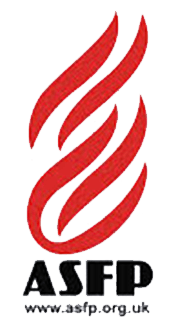
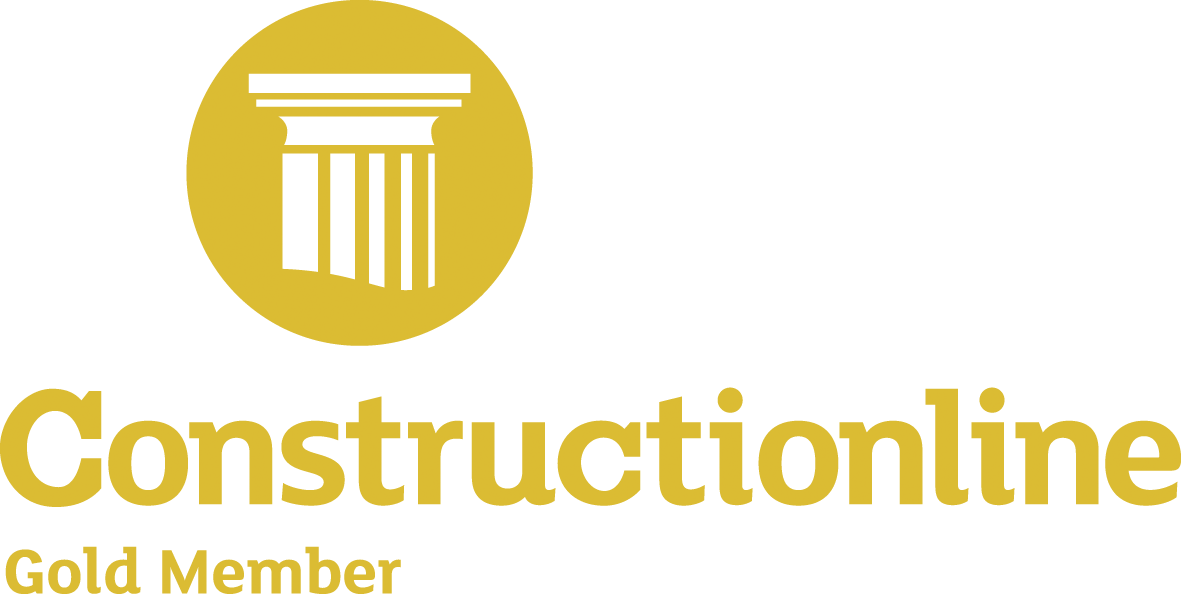




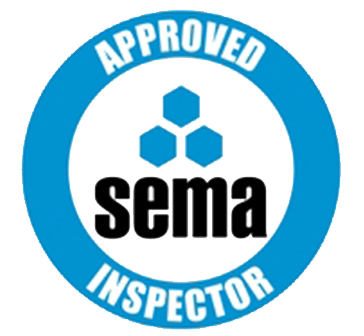

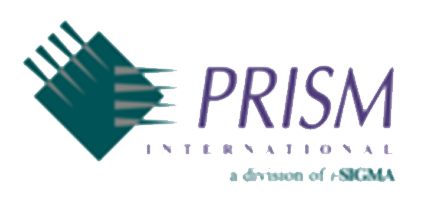

SpecUp - System Specification Wizard
Answer the 5 short questions below to receive your recommended Durasteel system specifications. Hover over the ? icons for a brief explanation.
Question 1/5
Type of system required?
Question 2/5
Fire rating required?
Question 3/5
Fire integrity-only or integrity and insulation?
Question 4/5
Fire attack risk from one side or both sides of the system?
Question 5/5
Blast rating required in addition to fire rating?
Creating your results page
Thanks for completing the SpecUp, you’ll be redirected to your results shortly.
Click here if you aren't redirected after a few secondsStart your project
Tell us about your project. Please complete this form. One of our sales team will come back to you with more details. If you prefer, you can drop us an email.
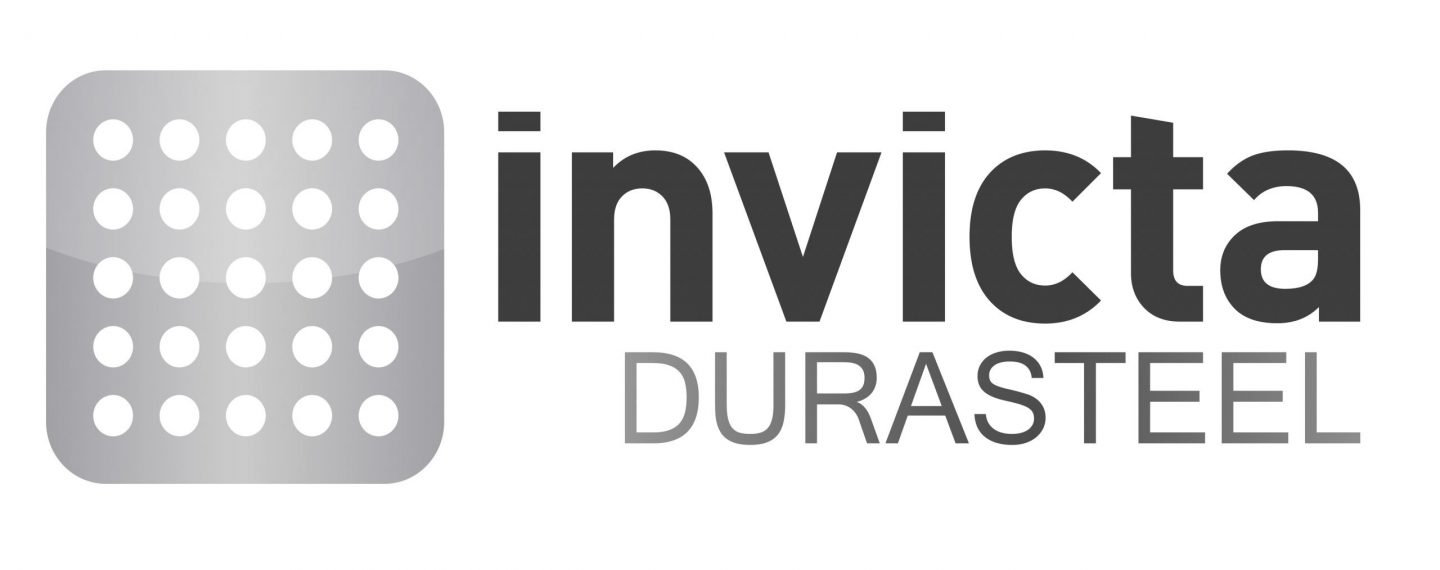

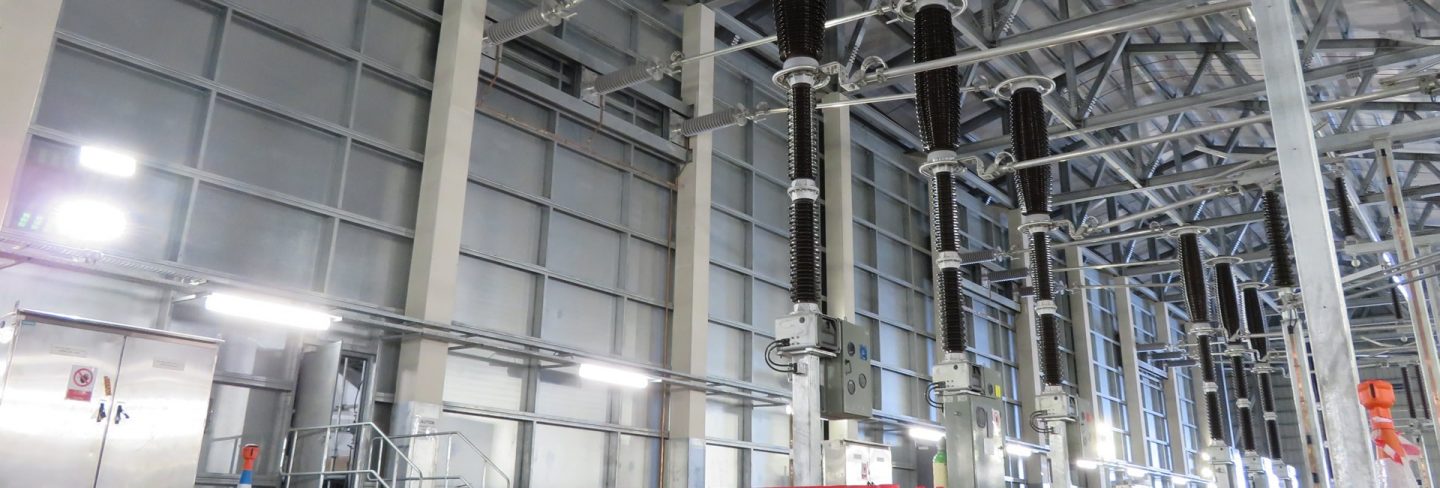
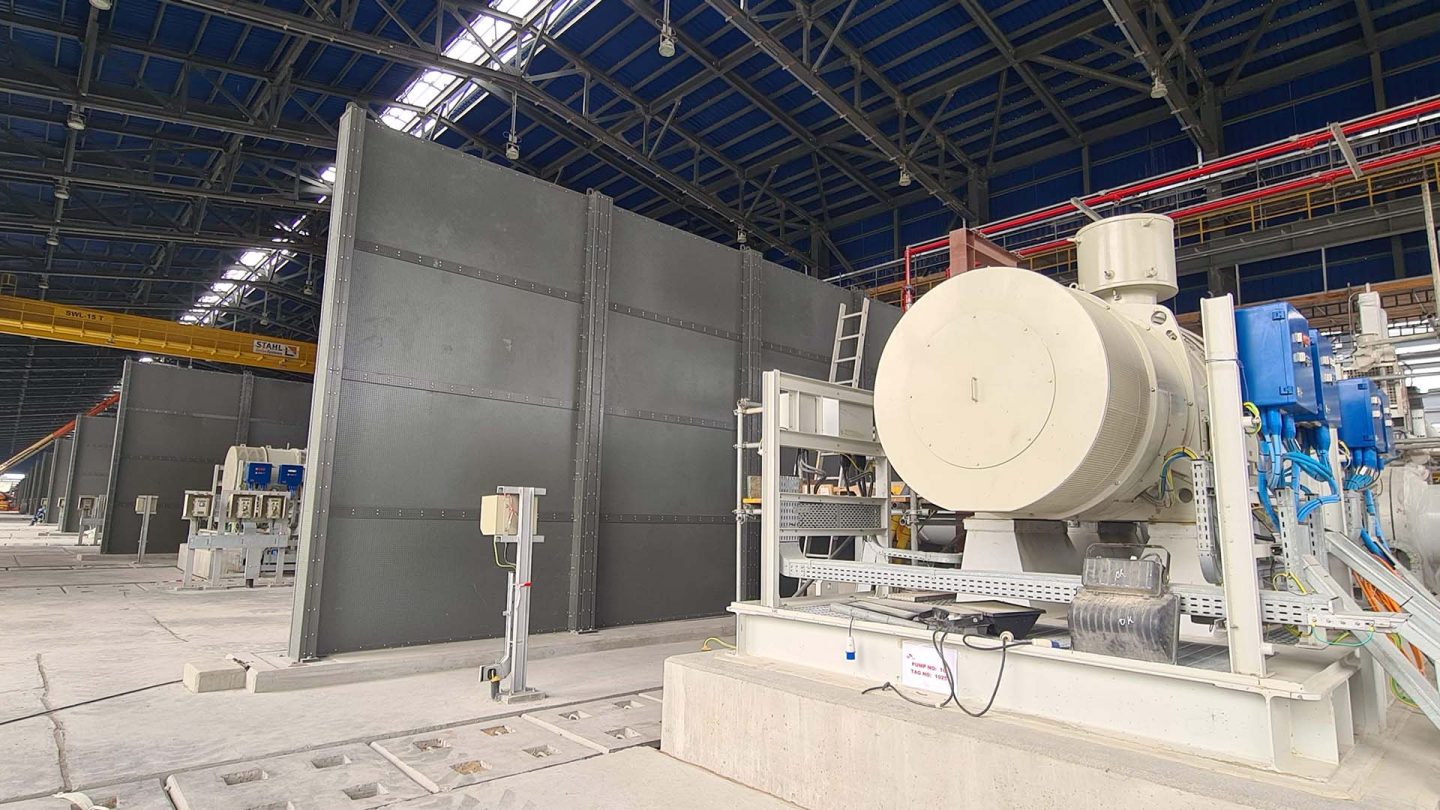
Share/Like this page